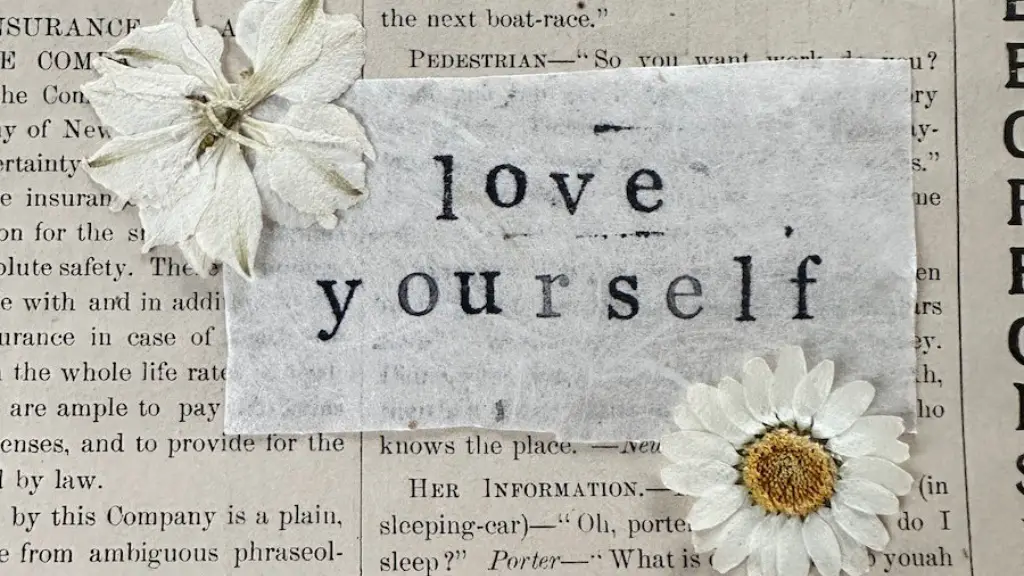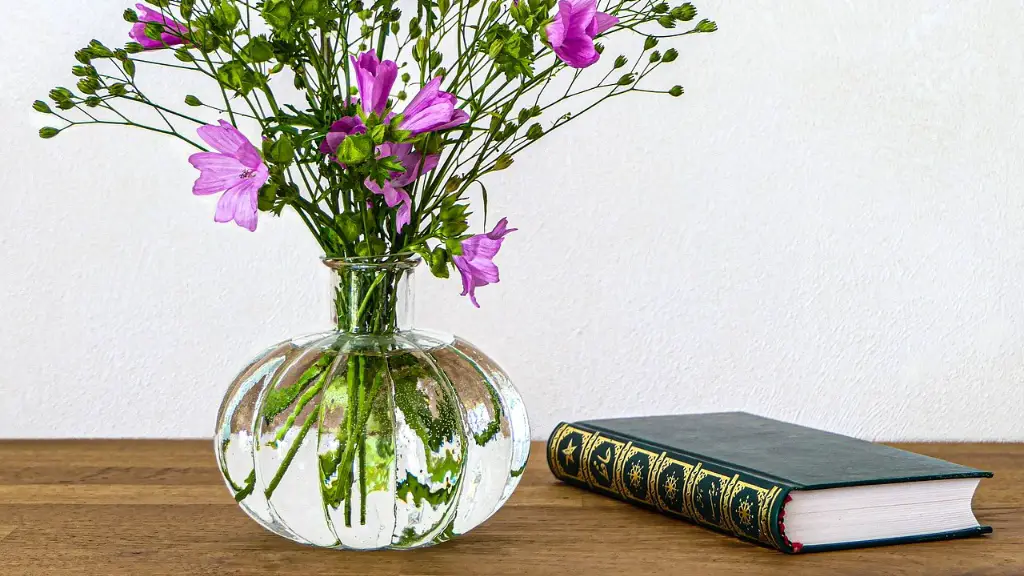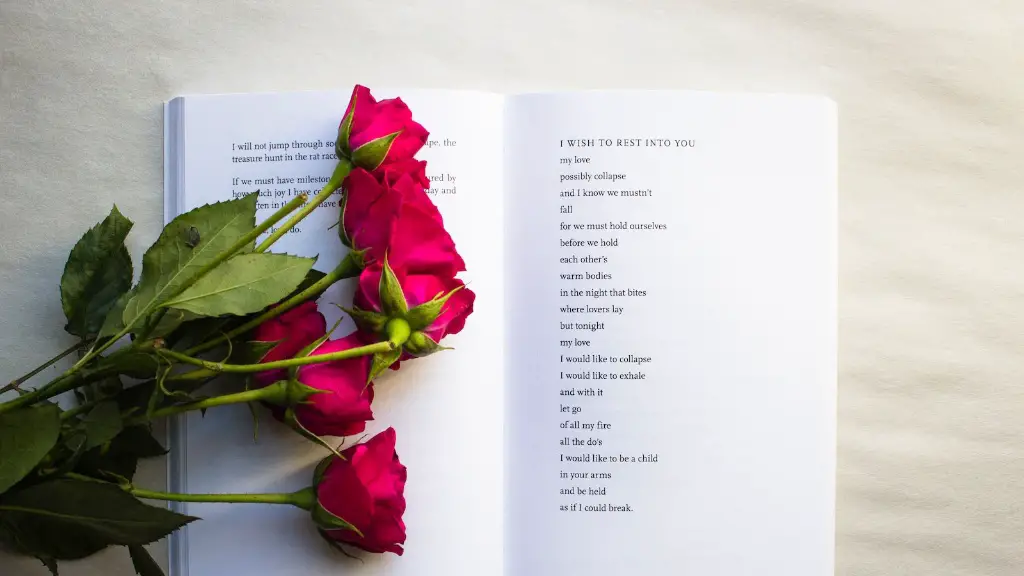Definition of Form
Form in poetry is the structure of a poem, including the stanza, verse and rhyme scheme. It is the way a poem looks, sounds and feels as a reader engages with it. Poetic forms are composed of certain standard features, such as lines, syllables and rhythm of a certain length, as well as literary devices such as comparisons, allusions and metaphors which provide a layer of meaning. In traditional poetry forms, the structure may serve to frame or supplement the poem’s content, providing a form fitting the theme of the poem or its emotional tenor. Structural elements such as meter or rhyme can also be highly influential in the reader’s experience of the poem, creating a sense of musicality or structure that interacts with the poem’s content.
Types of Form
Forms in poetry can range from highly structured sonnets to seemingly random Verse. The three main types of poetic forms are metrical, in which poets create a rhythm or pattern with the length of their lines and the number of syllables they contain; the tone of a poem, in which the poet emphasizes certain words or sounds to create a distinct atmosphere; and the traditional, in which the poet uses particular poetic devices, such as meter and rhyme, to create a highly structured poem. Forms in poetry can also differ significantly in their length, complexity and use of language. Some poems are only a few lines in length and may contain very few words, while others might be thousands of lines and cover several pages.
The Purposes of Form in Poetry
Form in poetry can serve a variety of purposes, from creating a sense of order or structure, to providing an audience with a visual representation of the poem’s content. Forms in poetry can also be used to convey emotions or messages. For example, a poet who wants to convey a sense of loneliness might use a form that emphasizes long lines and short pauses between them, or a poet who wants to emphasize a sense of fragility or elusiveness might use a form that emphasizes short lines or verses. Additionally, form in poetry can be used to give shape to the poem’s content, providing readers with a visual representation of the poem’s themes, images and ideas.
The Role of Experiences in Crafting a Poetic Form
An individual’s experiences have a major role in crafting a poetic form. Each poet examines his or her own experiences and past, as well as what they have read or studied and interacted with, to find a form to express desired concepts and ideas. An individual may create a form based on particular part of life- perspectives, outlooks, and beliefs. Or, a poet may craft and unusual form to reflect the specific story or idea that the poet aims to convey. Thus, different poets work with different forms, and can even use multiple forms to explore a single topic.
Exploring Form Limitations
It is important to note that every form has its own limitations, including the idea that it should stay within pre-defined, traditional lines. That doesn’t mean, however, that poetry must be limited only to traditional forms. Many poets feel that there aren’t always enough words to express their thoughts and emotions, and they break the traditional rules to explore more lyrical and inventive forms of writing. Poets can use any form of their choosing to best convey a certain feeling or experience, as long as that form still functions in a poem-like fashion.
Using Traditional Forms in Contemporary Contexts
Even though poets don’t have to be limited to traditional forms, many have still found ways to incorporate them into modern contexts. Traditional forms such as sonnets and haiku have been gathered and modified to provide a fresh, modern look to their work. This often includes taking inspiration from the classic forms and then creating something unique with them, rather than simply replicating what has been done in the past. Many poets are also taking elements from various traditional forms and combining them, or creating hybrids of the various forms.
The Creative Potential of Form in Poetry
Form in poetry offers poets the opportunity to express their ideas in creative and unique ways. With the right form, a poet can make use of language and visual elements to create a powerful and memorable poem. Form also allows for a glimpse into the poet’s perspective and the way he or she views the world and their experiences. Even restrictive forms, such as sonnets, can be used to explore a range of ideas and concepts, while hybrid forms can open up imaginative and inventive avenues of expression. Ultimately, form in poetry offers potential for communicating complicated, intangible concepts.
Exploring the Roles of Rhythm and Meter in Poetry
Rhythm and meter are two of the most important elements of form in poetry. Meter is the measure of stressed and unstressed syllables in a line, while rhythm is the overall sound a line of poetry makes. Both of these elements work together to create a sense of structure and unity in a poem. Through the use of rhythm and meter, poets can employ particular patterns and sounds that create a distinct atmosphere. These elements can also be used to draw attention to certain words or to emphasize particular ideas and emotions.
The Practice of Using Rhyme and Repetition in Poetry
Poets often use rhyme and repetition to create a sense of unity and structure in their work. Through the repetition of certain words and sounds poets can emphasize specific parts of the poem and draw attention to particular ideas. Rhyme schemes are also commonly used in poetry to create an overall sound that lends an extra layer of meaning to the poem. Poets often devote a great deal of attention to crafting the perfect rhyme scheme for their work, in order to create just the right atmosphere or emphasize certain emotions.
The Use of Literary Devices to Convey Complex Ideas
Poets often use literary devices to create a layer of symbolism and meaning in their work. Through the use of comparison, allusion and metaphor, poets can convey messages and ideas that might otherwise be difficult to express. These literary devices can be an integral part of the poem’s form, providing visual cues and engaging the reader in more meaningful ways. Additionally, poets can employ these techniques to make use of sounds and visuals to bring an extra depth of feeling to their work.


